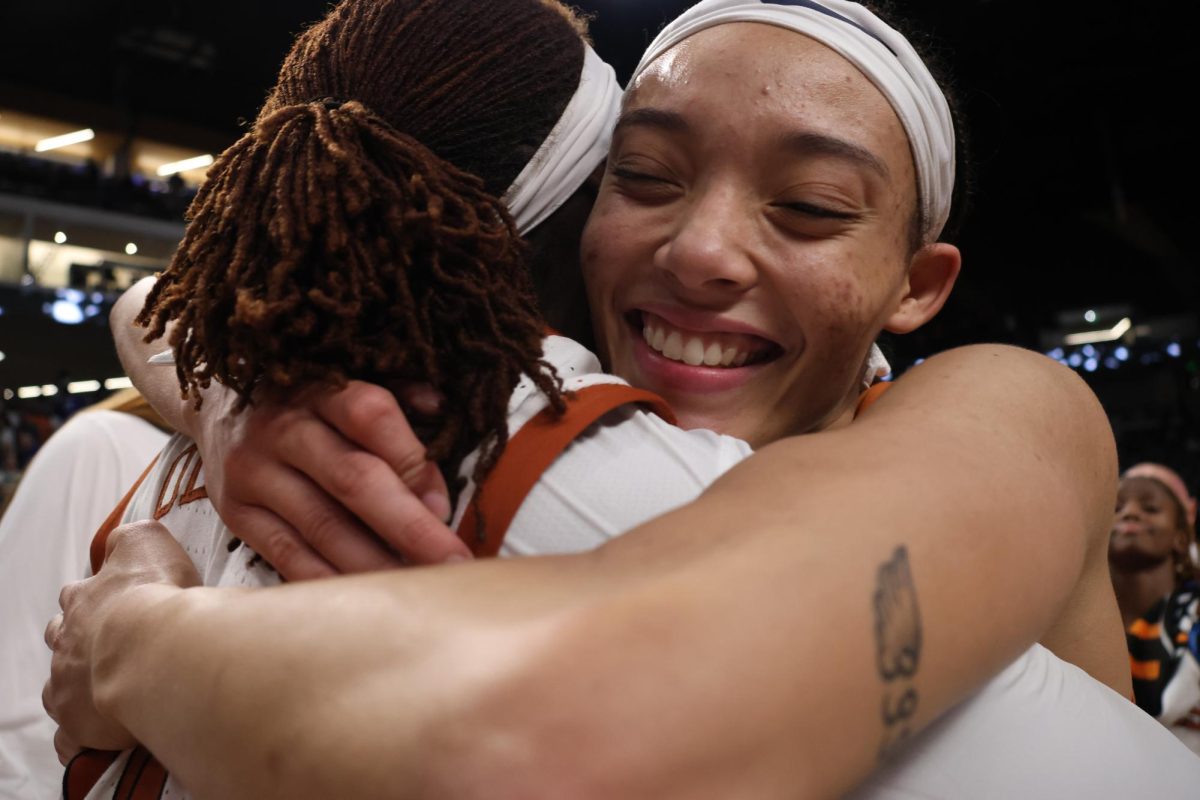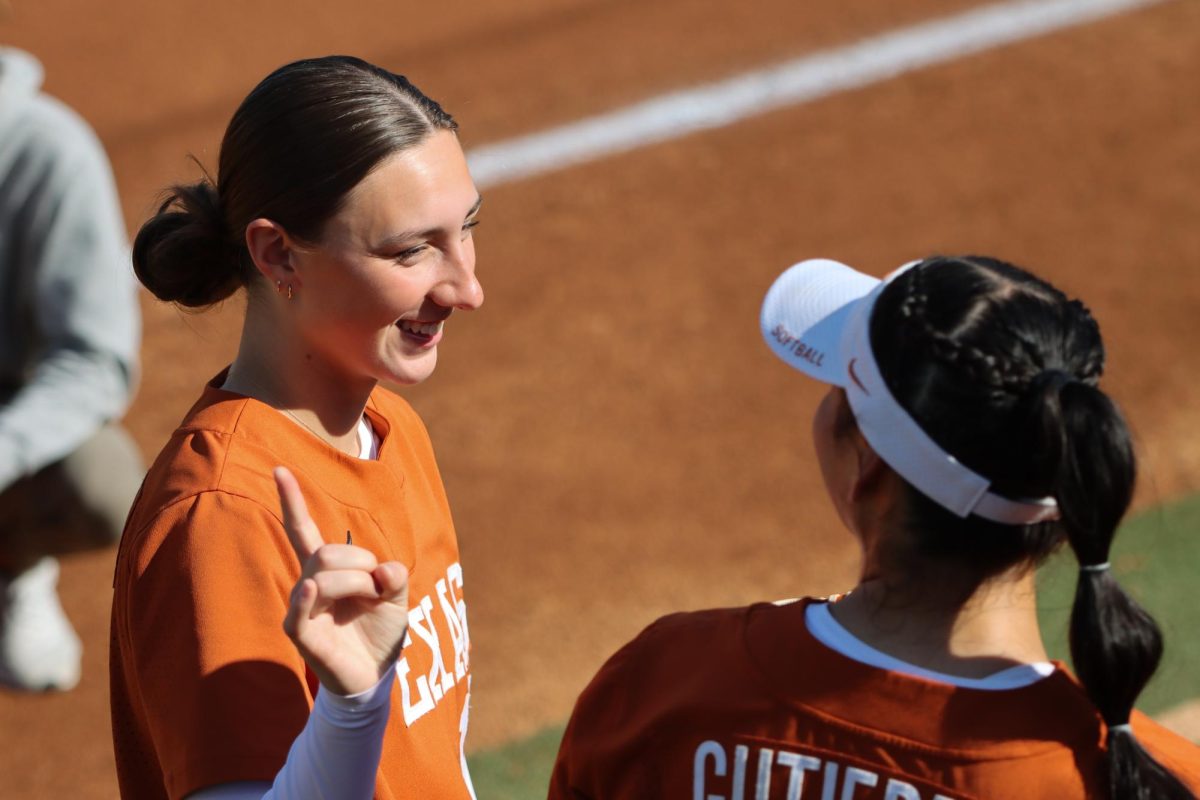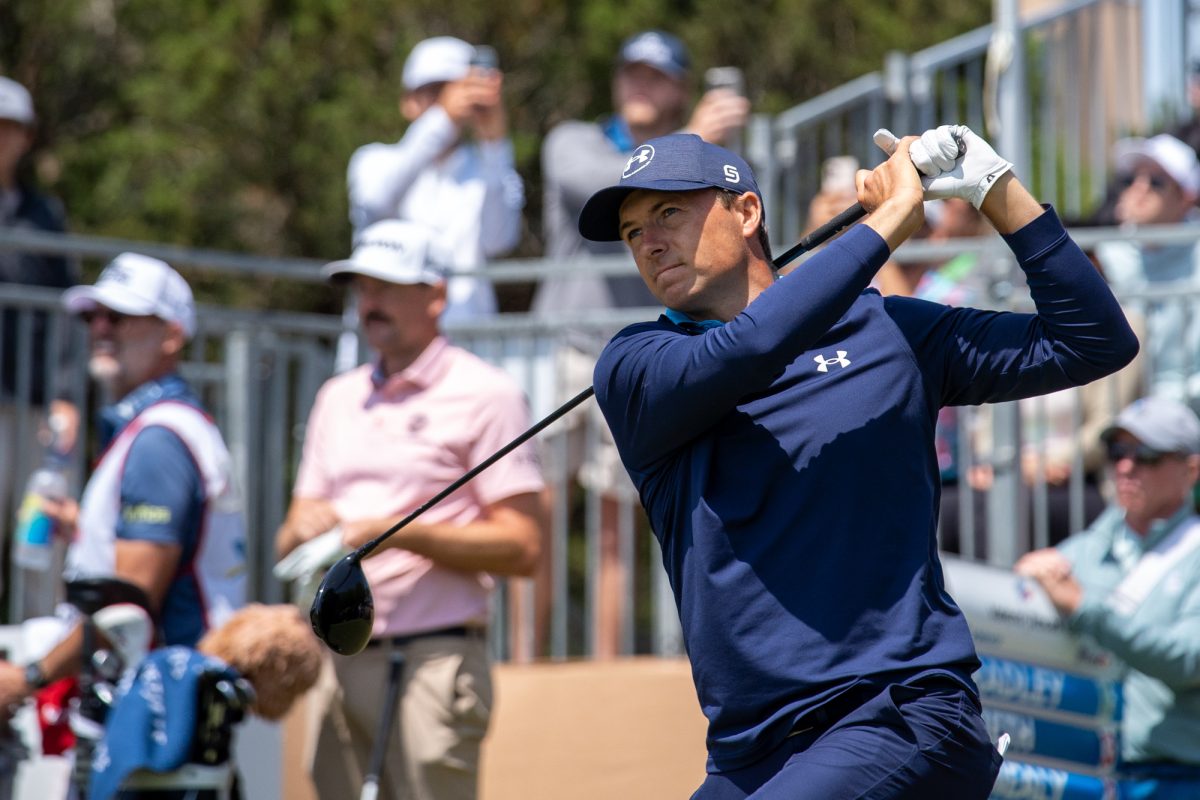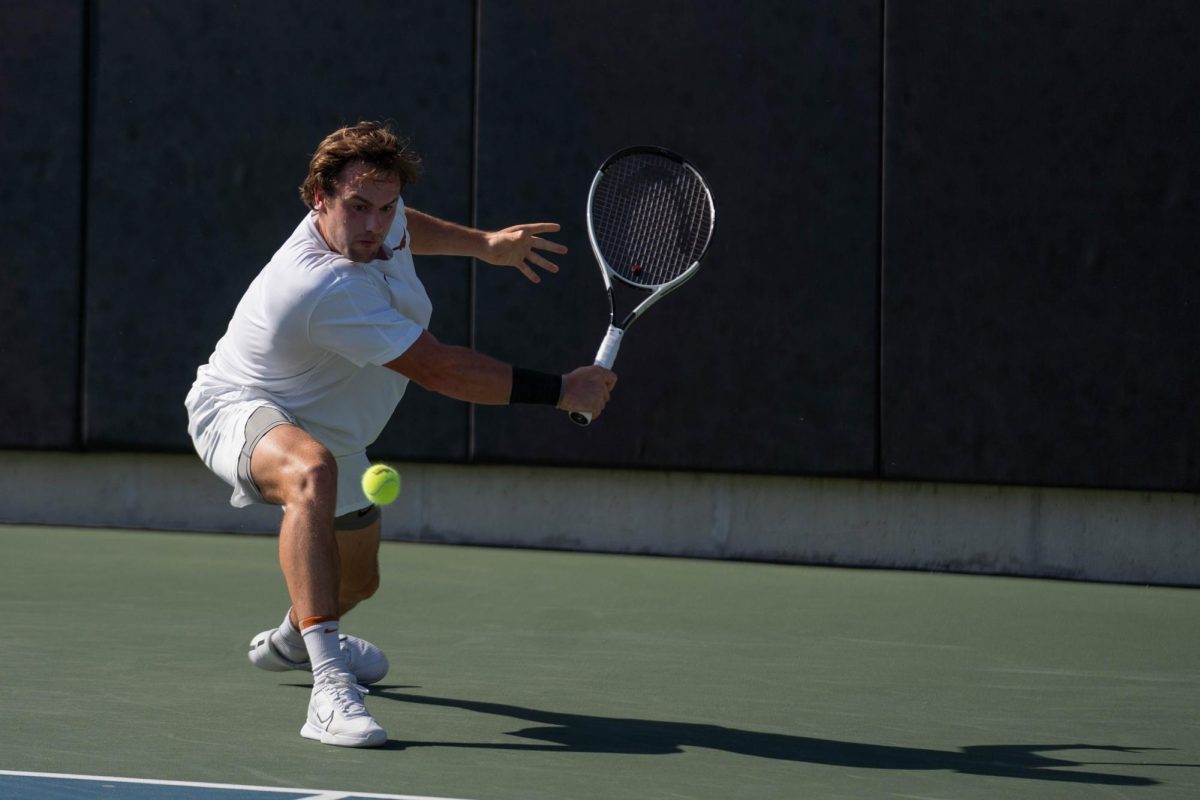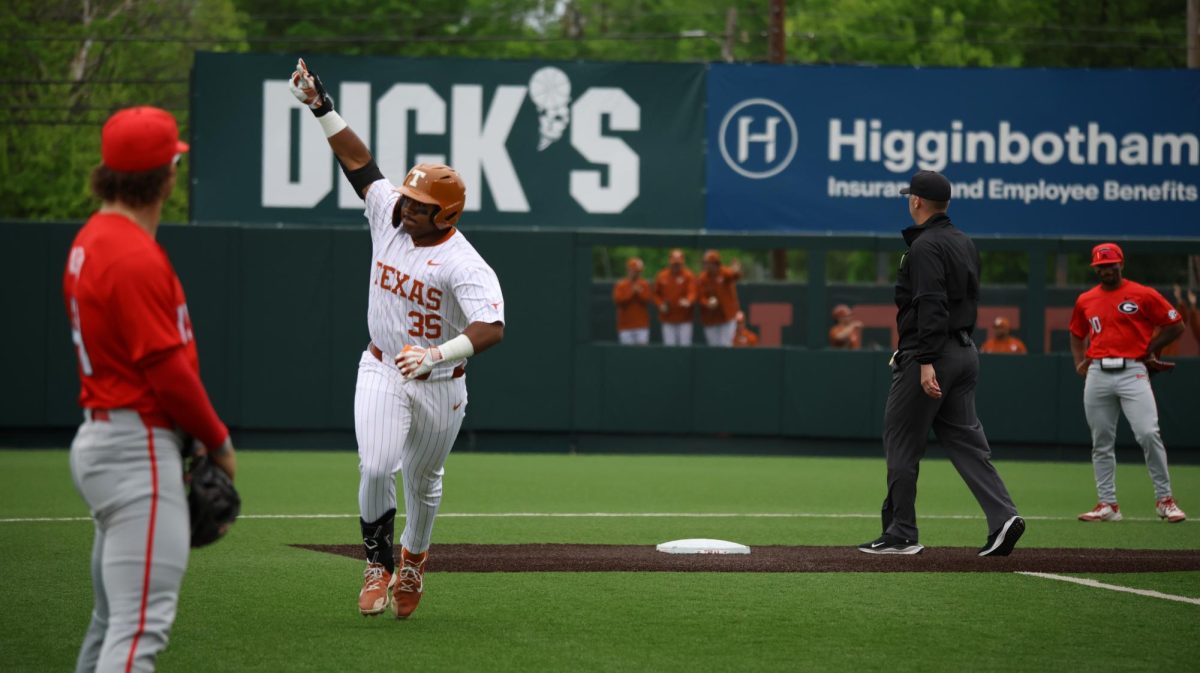At the beginning of the summer, freshman Brandon Stone announced his intention to forgo his three remaining years of eligibility for a professional golfing career. Stone is the second golfer in many years to leave Texas as an underclassman, following in the footsteps of former Longhorn Jordan Spieth who turned pro in 2012 after only one season.
For the Men’s Golf Freshman of the Year, the allure of a professional contract was likely too much to pass up. In addition, Spieth hinted that winning a national championship as a freshman left him with no more challenges. Though this has become a recent trend for men’s golf, the Texas men’s basketball program is all too familiar with the one-and-done phenomenon. For example, Kevin Durant only spent one season at Texas before seeking “greener” pastures in the NBA.
With Stone’s early departure from Texas, it is becoming clear that the typically one-and-done athletes aren’t exclusively basketball players anymore.
Before Durant, superstars often went directly to the NBA before a rule change prevented 18-year-olds from signing professional contracts, effectively changing the face of college basketball.
Talented players now go to college for a year at least before cashing in with the NBA. Myck Kabongo became the most recent player to leave Texas early. Even though he is not a “one-and-done” athlete, he did leave for the NBA with two years of eligibility.
“It’s been my dream for a while and I felt like I was ready,” Durant said in 2007. “I had to take the opportunity. I love the game and I thought it was time.”
For both basketball and football, the importance of being drafted high is key in the decision of whether to go pro or not, as draft order is coupled with certain guaranteed salary minimums.
“I just don’t want to be a player in the NBA; I want to have an impact,” Durant said. “That was one of the big decisions too.”
Draft stock is a major factor that affects athletes who contemplate giving up college eligibility. Currently, analysts cite former USC quarterback Matt Barkley as a reason to pay attention to draft stock. Barkley was projected as a top-10 selection after his junior season but after a disappointing senior year, he fell to the fourth round, losing potentially millions of what could have been a first-round contract the year before.
Money is a huge motivating factor. Former Longhorn J’Covan Brown left for the NBA because he wanted to be able to financially support his family.
Currently, there is a rule that prevents the one-and-done trend from affecting college football — athletes must be three-years removed from high school before declaring for the NFL draft. While athletes have the opportunity to leave after their junior season for the NFL, athletes often complete most, if not all, of their college eligibility in order to increase their draft stock.
Current Texas A&M quarterback Johnny Manziel may be paving the way for potential college football “one-and-dones” and has contemplated leaving the Aggies after only two years.
“If an opportunity comes to go to the NFL, you have to look at that,” Manziel told ESPN.
Many analysts admit that while young athletes would benefit the NFL, they are not physically ready to go up against other athletes. High school seniors are no match for players like Baltimore’s Ray Lewis, a linebacker with a 240-pound frame.
Baseball seems to be the only major sport that has developed a system that works for most players. Athletes can be drafted directly after high school but are given the option of signing with an MLB team or going to college. If they decide to go to college, then they must stay through three years or be 21 to declare for the draft.
Even swimming has become a potential source of athletes who choose to leave with eligibility remaining, Former Longhorn Kathleen Hersey left with two years of eligibility remaining in order to train with Texas men’s coach Eddie Reese and Longhorn Aquatics.
Money and the chance to compete at a higher level has created and developed the culture of forfeiting college eligibility for a professional contract. An NFL agent confirmed this with Sporting News earlier this year.
“The days of players coming back for the love of the game or winning a national championship are over,” the agent said.

